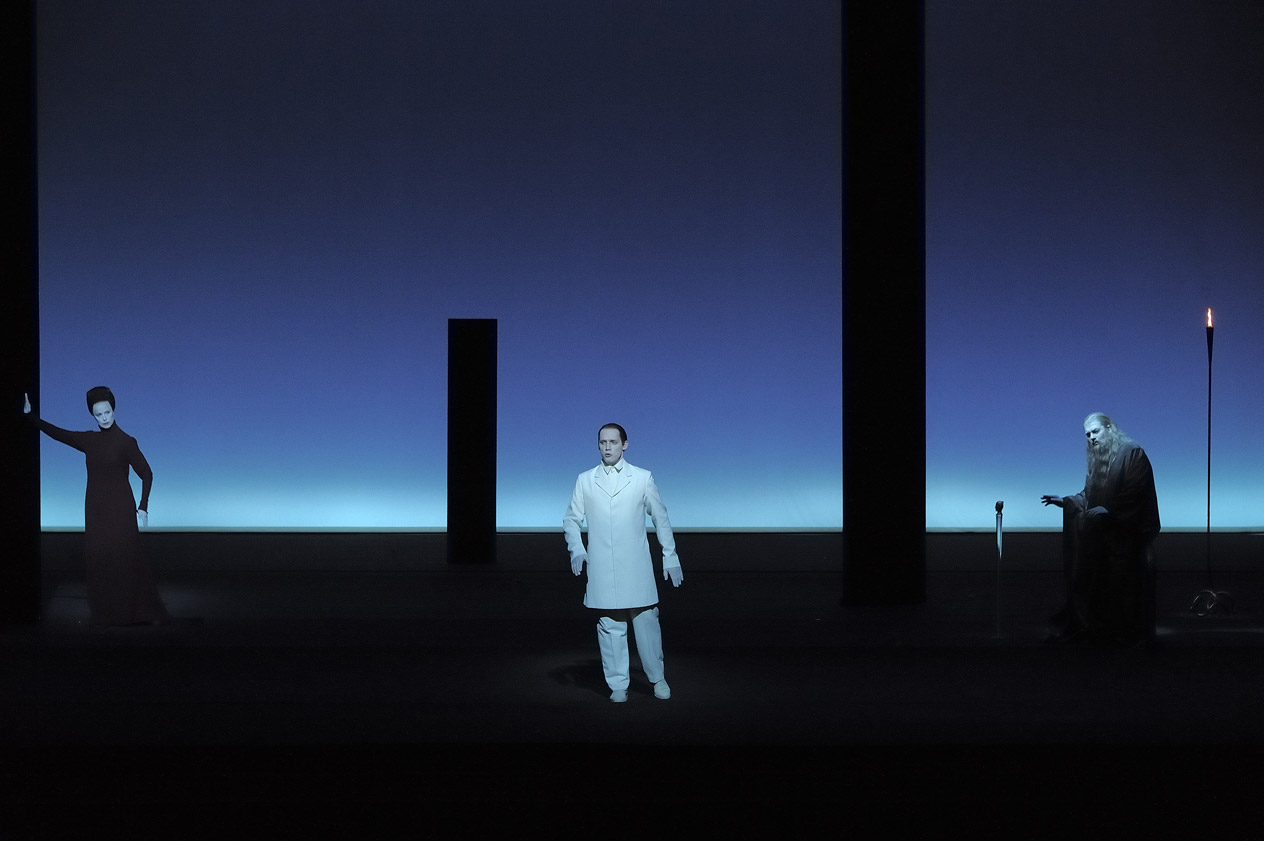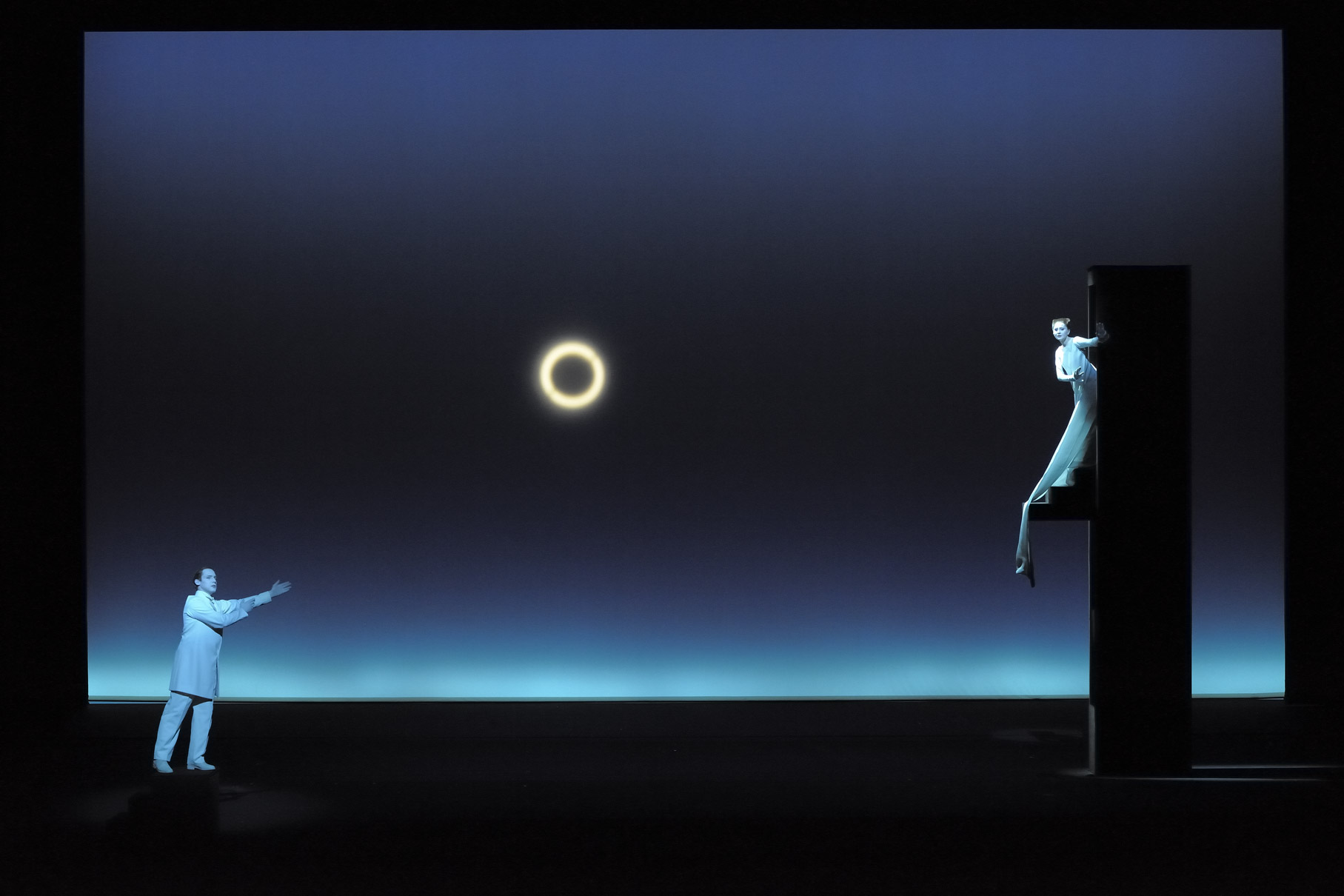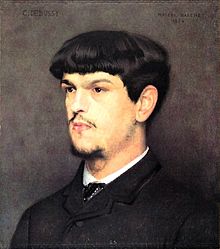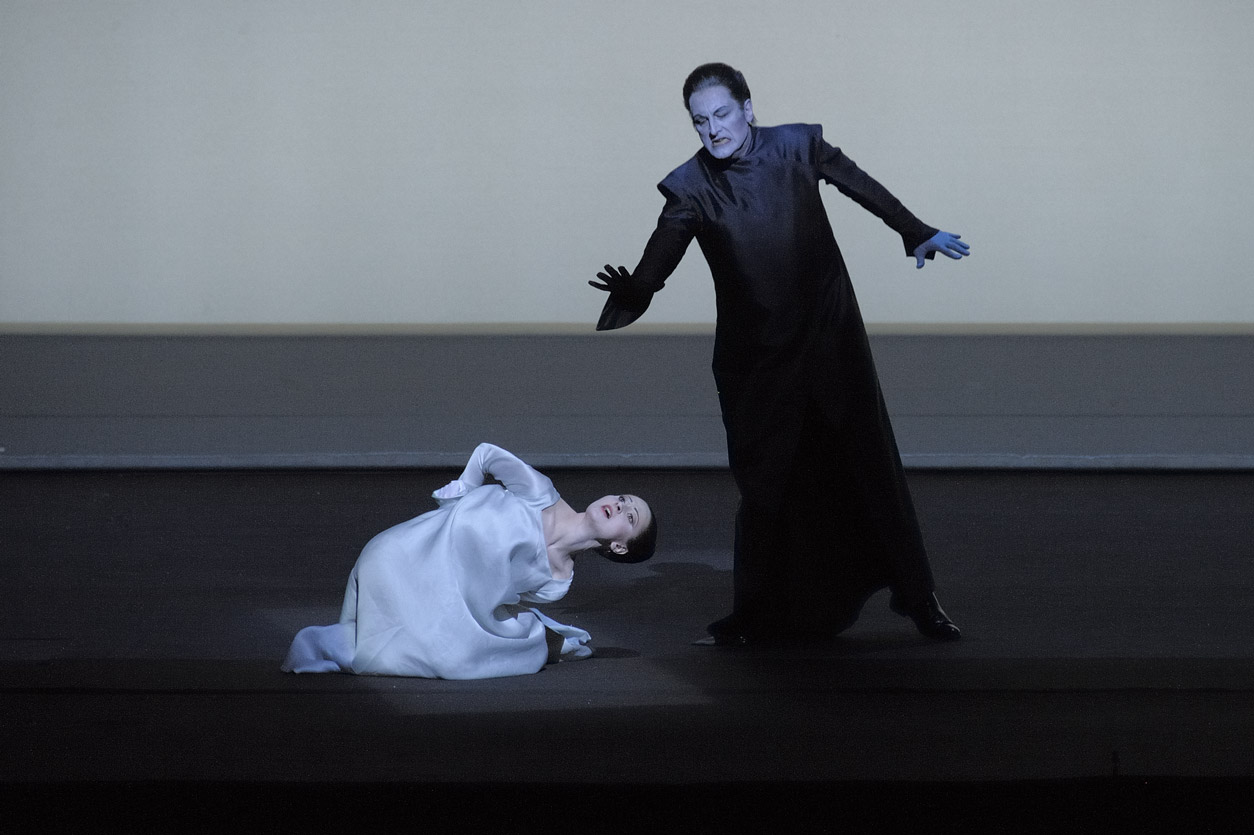Pelleas and Melisande at Bastille
It is Debussy year this year and it´s giving many extraordinary possibilities to enjoy works of all kind by this outstanding French composer.
Claude-Achille Debussy (22 August 1862 – 25 March 1918) was a French composer
. Along with Maurice Ravel, he was one of the most prominent figures working within the field of impressionist music, though he himself intensely disliked the term when applied to his compositions. In France, he was made Chevalier of the Legion of Honour in 1903. A crucial figure in the transition to the modern era in Western music, he remains one of the most famous and influential of all composers
.
His music is noted for its sensory component and for not often forming around one key or pitch
. Often Debussy’s work reflected the activities or turbulence in his own life. In French literary circles, the style of this period was known as symbolism, a movement that directly inspired Debussy both as a composer and as an active cultural participant.
Debussy’s Pelléas and Melisande premiered in 1902, after ten years of work. It would be his only complete opera. Based on the play by Maurice Maeterlinck, the opera proved to be an immediate success and immensely influential to younger French composers, including Maurice Ravell. This work, brought a fluidity of rhythm and colour quite new to Western music. Together with his three Nocturnes (1899), include characteristic studies in veiled harmony and texture as demonstrated in Nuages; exuberance in Fêtes; and whole-tones in Sirènes. Contrasting sharply with Wagnerian opera
.
Pelleas and Melisande is remarkabel with a beautiful fluidity of rhythm and colour. In the staging by Robert Wilson made in 1997, revieved again in 2000, 2004 and repeated now again, it is typically in the Robert Wilson style, – “have you seen one, you don´t forget his style”. The performances by Robert Wilson are “all looking the same”, his Madame Butterfly here in Paris, his Peer Gynt in Oslo at Det Morske Teatret are all looking the same, with the same light, scenography, costumes background, also for Peer Gynt in Oslo, but added a few “Norwegian” details. This production is a co-production with the Salzburger Festspiele.

Anne Sofie von Otter (Geneviève), Stéphane Degout (Pelléas) et Franz Josef Selig (Arkel). Foto Charles Duprat.
Well, in connection with Pelleas and Melisande the Wilson stylisme suits the prodcution well. Robert Wilson has elegantly build it up around the lost ring, which is appearing on the background when needed according to the text, in different sizes, looking like a moon or sun. The appearing singers does mr. Wilsons stilisisme well, and it suits the melodic floating. It is a very beautiful opera, both in the usical and visual way. In addition, this time it is conducted by the new music chief Philippe Jordan, which is lifting it up, by giving his orchestra, – and singers, plenty of time, needed, to explore the beautiful lines in the Debussy music. Remarkable beautiful soloplayers in the orchestra pit.
As it is usual at Opera de Paris, we are enjoying a list of outstanding singers, the best established singers possible to get casted, and in the production for 2012 they are Stéphane Degout as Pelléas, Elena Tsallagova as Meélisande, – she was a dreram. Vincent Le Texier does an outstanding Goland. Franz Josef Selig is Arkel. While Julie Mathevet is the little Yniold. Anne Sofie von Otter is splendid as Geneviève and Jérôme Varniera shepherd. and the doctor.
The costumes in the typically, but elegant and beautiful Robert Wilson style is by Frida Parmeggiani. Robert Wilson is together with Heinrich Brunke responsible for the elegant light. And in this production at Opera Bastille the light is in the way so it is possible to enjoy the mimic. And when so little is on stage of scenographie, nothing nearly, except the stylistic forest, and the torch, the mimic is importent.
For the future. I am looking forward to a new Pelléas and Mélisande production at Opera de Paris which will open up for letting a scenographer make the scenes which are described in the history, it might be interesting for the audience to enjoy..




